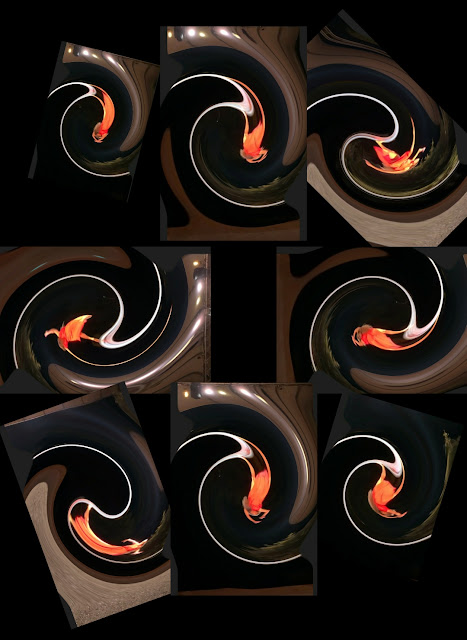Dancing Figures
A composition of four well – known choreographies of Isadora Duncan, the “mother of modern dance" that used to call her inspirations "The dance of the Future".
Isadora, being inspired by ancient Greek art and sculpture as well as the art of Renaissance, creates body-forms that reflect the ideals of Beauty, Harmony, Balance and Freedom.
The dancer begins to move among people towards the stage, transforming the place into a "time - machine" which connects time, space, lives, dreams, past, present and future.
The first choreography is called "Tanagras" that Isadora was inspired by the "Tanagra figurines" - little women statues from the ancient homonym town of Boeotia.
Second comes "Narcissus", narrating the story of a young man who fell in love with his own reflection and drowned himself in the river, based on Chopin's music.
The third is called "Furies",based on Gluck's music from the myth of Orfeus and Eurydice.
In the end comes the "Aeolian Harp" where the dancer waves a big scarf embodying the Harp of Aeolos, the god of wind under Chopin's homonym masterpiece.
The internal idea is a synthesis of the four elements and their interaction. "Tanagras" (body of Earth) transforms into the body of Water ("Narcissus") as well as the "Furies"(body of Fire) transform into the body of Air ("Aeolian Harp").
All four choreographies create a certain flow as one comes through the other. Their common morphology and sensation build an unbreakable connection, a real journey through time.
Alkistis Voulgari






















.png)
Σχόλια
Δημοσίευση σχολίου